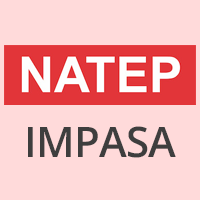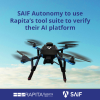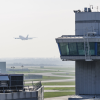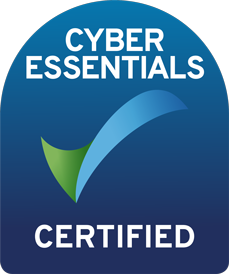
IMPASA will reduce the cost of development and testing of new safety critical aerospace software through the two new technologies for verification and automatic review of software source code.
As the role of complex safety-critical software in aircraft continues to increase, the cost and challenge of ensuring the software is safe and error free grows too. One mandatory technique used throughout aerospace is careful review of software, often using manual techniques supplemented with a variety of tools. These tools are still difficult and expensive to use, so we seek to improve the area of code review by application of new technology.
The key innovations are the development and application of technologies for:
- a) Managing reviews in the software development cycle; the software "ReviewAssistant" tool will pull together data from diverse sources (comments, static analysis, complexity metrics, checklists, test results, test coverage, etc.) in a coherent and coordinated format. The key innovation will be designing the paradigm for presenting this diverse information to a reviewer so that the total is greater than the sum of the parts -- giving greater efficiency for the reviewer and more effective reviews.
- b) Automatic checking and analysing software source code; RapiComply will analyse source code for quality, adherence to coding guidelines and bug detection. The technology will be customizable, fast, interactive and use special features for management of false positives to reduce the cost of using tools. The goal is to reduce effort of manual code review, especially where software revisions change and effort needs to be repeated by checking the same code multiple times.As more complex software systems are introduced to support the next generation of air transport, the cost and time to review software will increase dramatically. The combined innovations of a single ReviewAssistant underpinned with automatic analysis software allows aerospace developers to reduce development and verification effort. The planned technologies will be increased from TRL3 to TRL5, focusing on Ada and C languages. Two different use cases ensure a strong exploitation path for the two technologies to allow them to enter the market with aerospace customer-focused features.

 Rapita System Announces New Distribution Partnership with COONTEC
Rapita System Announces New Distribution Partnership with COONTEC
 Rapita partners with Asterios Technologies to deliver solutions in multicore certification
Rapita partners with Asterios Technologies to deliver solutions in multicore certification
 SAIF Autonomy to use RVS to verify their groundbreaking AI platform
SAIF Autonomy to use RVS to verify their groundbreaking AI platform
 RVS gets a new timing analysis engine
RVS gets a new timing analysis engine
 How to measure stack usage through stack painting with RapiTest
How to measure stack usage through stack painting with RapiTest
 What does AMACC Rev B mean for multicore certification?
What does AMACC Rev B mean for multicore certification?
 How emulation can reduce avionics verification costs: Sim68020
How emulation can reduce avionics verification costs: Sim68020
 How to achieve multicore DO-178C certification with Rapita Systems
How to achieve multicore DO-178C certification with Rapita Systems
 How to achieve DO-178C certification with Rapita Systems
How to achieve DO-178C certification with Rapita Systems
 Certifying Unmanned Aircraft Systems
Certifying Unmanned Aircraft Systems
 DO-278A Guidance: Introduction to RTCA DO-278 approval
DO-278A Guidance: Introduction to RTCA DO-278 approval










